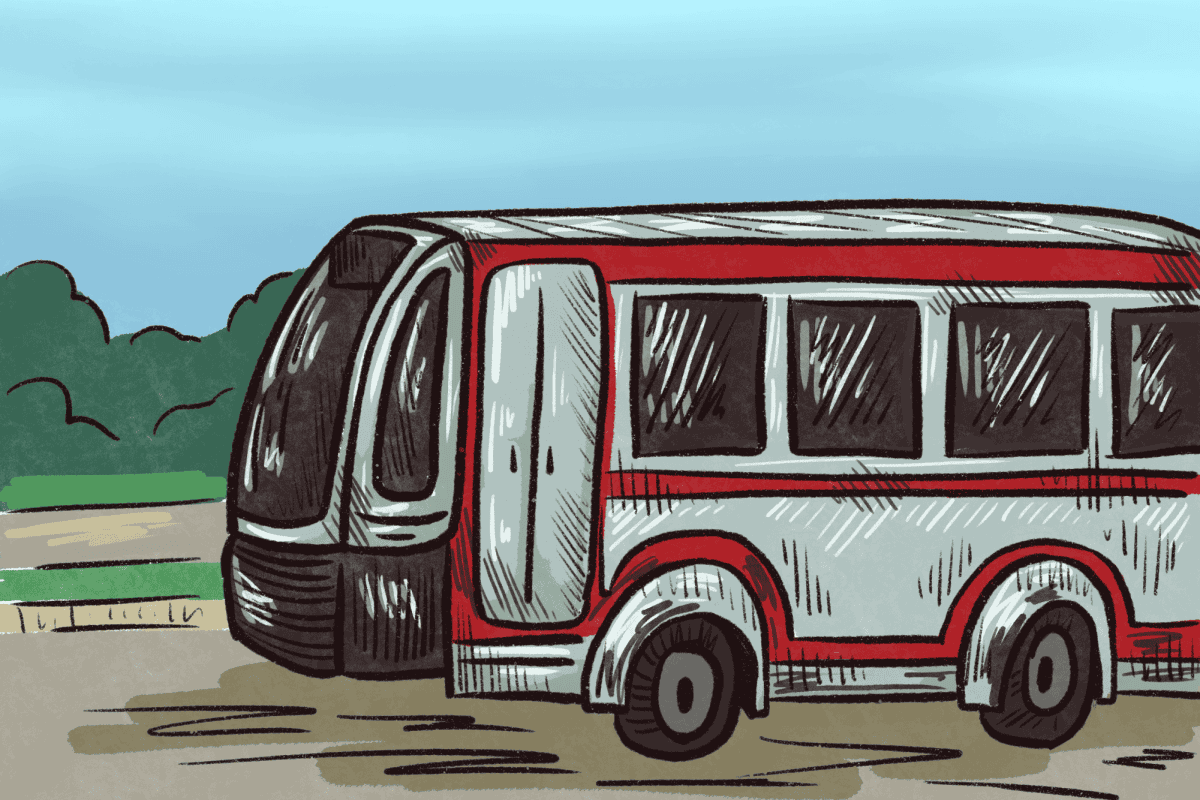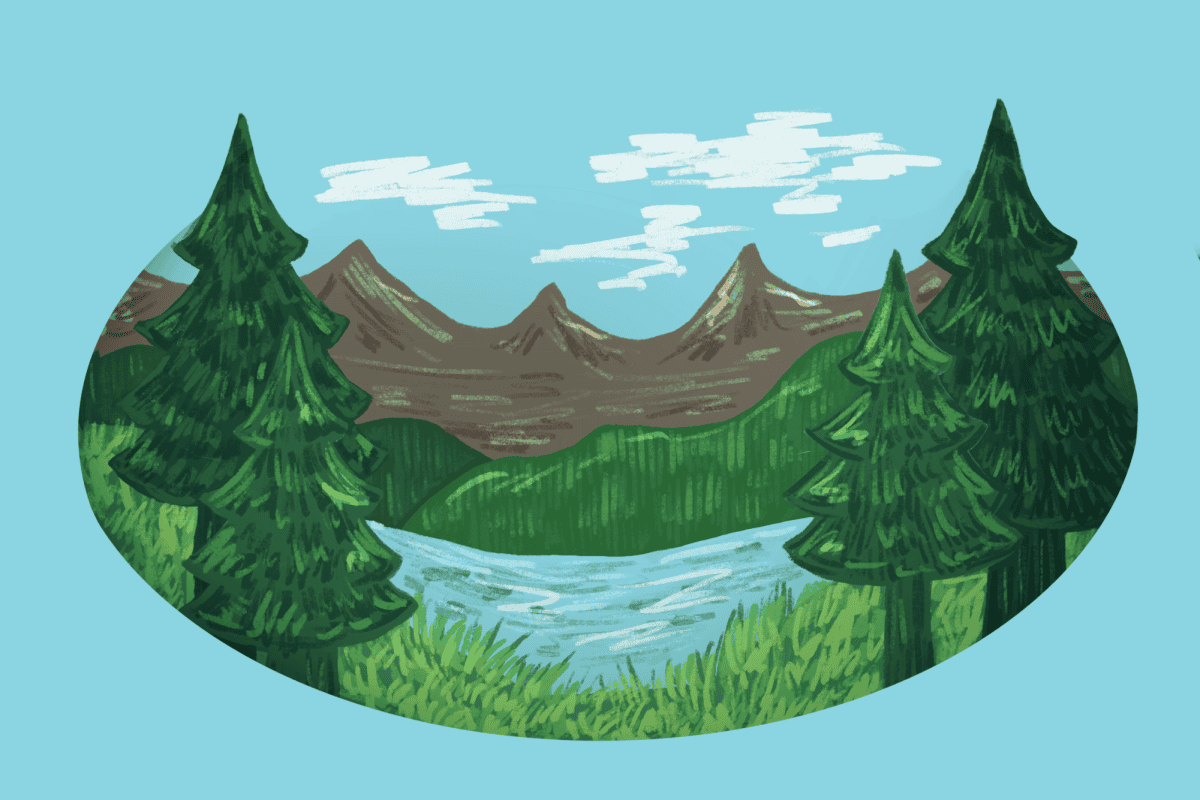“I couldn’t find a parking spot in the lot behind ten Hoor today.”
“Well, that should change once people stop going to class. Don’t you think?”
“Yeah, I can’t wait for that to happen.”
When I overheard this conversation, it did not strike me at first. I’ll admit that I too have told myself that my traffic and parking woes will be absolved once students start foregoing their college educations.
Every fall semester begins with clueless freshmen running amok and students who have yet to abstain from clustering. As an ever-expanding university, though, waiting for and expecting students to cease their class attendance to decongest campus is mere mental duct tape. It might fix the problem subconsciously, but it will not change it in reality and it will not stick forever.
When Dr. Robert Witt stepped in as president of the University in 2003, he announced his goal of boosting the student population to 28,000 by 2013. An ambitious and long-term mission at that time has already become actuality: in 2009, there were 28,807 students. Additionally, as evidenced by the UA System Board of Trustees’ approval of a new residential community that should open in 2012, further increases in student enrollment remain on the horizon.
This university has undergone the growth that Witt craves, and to some extent, it has the infrastructure in place to support an even larger population.
However, problems with traffic and parking are almost palpable. Now that the University boasts over 28,000 students, its road system that is tautly woven into campus has been further mired in terms of aesthetics and usability.
In all honesty, I’ve never found campus particularly beautiful. Certain buildings and some areas, yes, but overall it reminds me too much of a city. Walking from the Ferguson Center to the north campus dorms takes place on either side of a four-lane street, flanked by a parking deck and lot. Not something I would save as my computer wallpaper.
Locked into the past idea and subsequently indelible foundation of a once drivable campus, steps need to be taken to mitigate road rage.
For one, avoid pouring any more cement. Adding additional parking or roads will only create more avenues for vehicles to fill. It may sooth the problem, but it will not fix it and it definitely will not prevent it from reoccurring.
Secondly, throw bikers a bone. Currently, bikers are just pedestrians on wheels as they ride on sidewalks and streets. No rules govern them, and they have no widespread, useful designated areas. To relieve annoyances among walkers and to facilitate a mode of transportation that can take pressure off the CrimsonRide, the University needs to work on its biking outreach – creating more places to lock up a bicycle will not suffice.
Lastly, and most importantly, the CrimsonRide must become a major contributor in cleaning up roadways. When it first started operating in 2007, this bus system was originally introduced to provide a cross-campus transportation system. Now, though, with its route changes released this fall, I envision much more from it.
Buses, in their most basic form, are meant to ease pedestrian travel and take cars off the road. The latter carries the most importance in our case, since a walk to almost anywhere on campus is not too unbearable – weather permitting.
The fall bus routes emphasize on-campus traveling less, and in return reach off-campus apartment complexes, including The Retreat, The Bluffs, and University Village. This ideally opens the door for reducing the amount of solo car commuters.
To work effectively, students who have lived for the most part in non-mass transit environments would – gasp – have to choose to sacrifice. Another, more heretical way to push students toward riding the bus to campus would include increasing the price of a commuter lot parking pass and lowering the price of perimeter parking passes.
Of course, the CrimsonRide would have to prove itself as reliable and hassle-free. Running more shuttles to off-campus complexes at peak hours and attempting to post accurate stop times could help win students over. Also, connecting other nearby complexes such as Campus Way and Campus Quarters to the CrimsonRide would be beneficial as well.
According to a recent Pew Research Center poll, 86 percent of Americans think a car is a necessity. I do not doubt that the same mindset pervades our campus. As this university continues to grow, decisions must be made about addressing our roads and parking lots.
A campus that fosters mass transit use and cleans up its asphalt landscape: now that is something I can’t wait for.
Wesley Vaughn in a junior majoring in public relations and political science. His column runs on Wednesdays.





